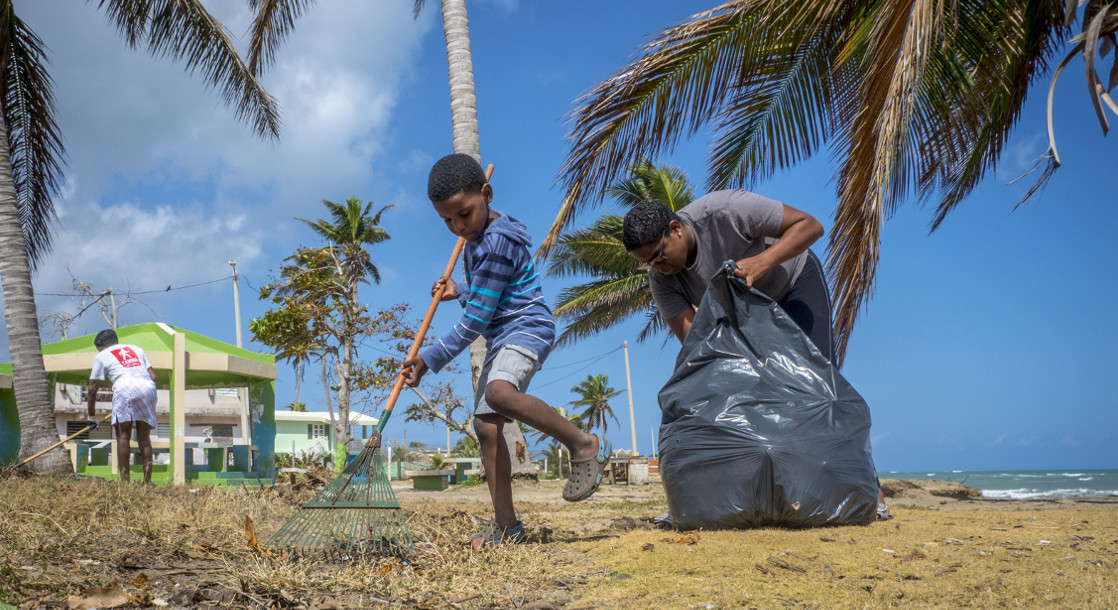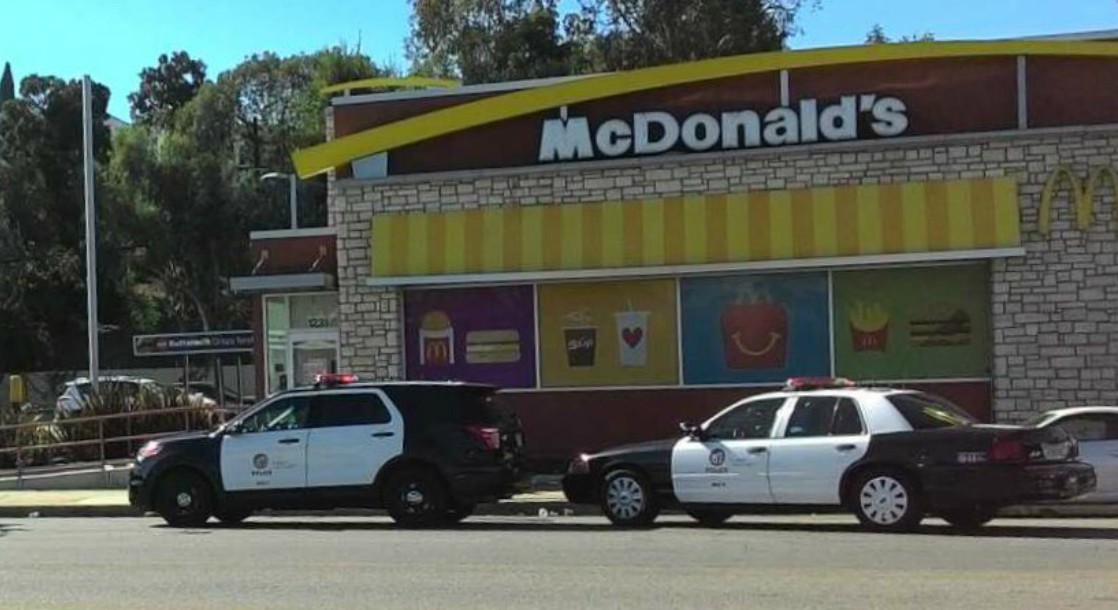Photo via USDA
Last week, President Donald Trump took to his Twitter account to insult the people of Puerto Rico, falsely claiming that the reported death toll from 2017’s Hurricane Maria, totaled at almost 3,000 lost lives, was a false statistic, allegedly inflated “by the Democrats in order to make me look as bad as possible.”
On Thursday, the one-year anniversary of last year’s devastating storm, news media from across the globe reported stories and images of an island still deep in the throes of disaster relief. Despite blue tarps still covering missing roofs on thousands of homes, and citizens living with unstable access to electricity or clean drinking water, little help has arrived from cash-strapped local governments or the Trump administration.
“People here feel so bad about the government and FEMA [the Federal Emergency Management Agency],” Ana Rodriguez, a self-employed mother of two living in a small town on the island, told reporters from Bloomberg News. “You can’t say which one is better or worse — they are equally bad.”
Striking Puerto Rico’s already tenuous infrastructure and power grid with 155 mile-per-hour winds for days on end, Hurricane Maria caused an estimated $95 billion dollars in damage to the small island, leaving thousands of people without working electricity for up to eight months. According to the New York Times, out of 1.1 million families who requested support from FEMA, 58% were denied, while those who were approved were given an average of $1,800 in home repair funds — more than $7,000 less than the average FEMA insurance payment for Texans hit by Hurricane Harvey the same year.
In a series of personal accounts of the storm and its aftermath from island residents, compiled by the Times, Puerto Ricans repeatedly reported second-class treatment, illustrating that huge gap in support for natural disasters on the mainland like Harvey and last week’s Hurricane Florence, and the response to Maria offshore.
“They would say, ‘You may have damages, but this house is livable,’” Héctor M. Pesquera, the secretary of public safety for Puerto Rico, told the Times. “And I’m living in it saying, ‘Really? Seriously? Well, look at the hole in the ceiling.’”
Back in Washington, Trump has continued to claim that his administration’s response to Maria was both well executed, and underappreciated, despite independent analyses painting a more dastardly picture. And because Puerto Rico’s infrastructure and financial standing was already in need of help before Maria, the natural and government-led disasters that followed have turned a delicate situation into an untenable one.
And as American disaster relief efforts turn their focus to the Carolinas and the aftermath of Hurricane Florence, Puerto Ricans have stopped holding their breath waiting for Trump’s self-aggrandized success to actually materialize, while continuing to band together in efforts to rebuild the island, by whatever means possible.
“People need direct help here through local communities rather than through the government because we don’t know what happens to the money once the government gets it,” Rodriguez told Bloomberg News. “Puerto Rico should be better than this.”











